What does the war in Ukraine have to do with the price of bananas? It’s complicated.
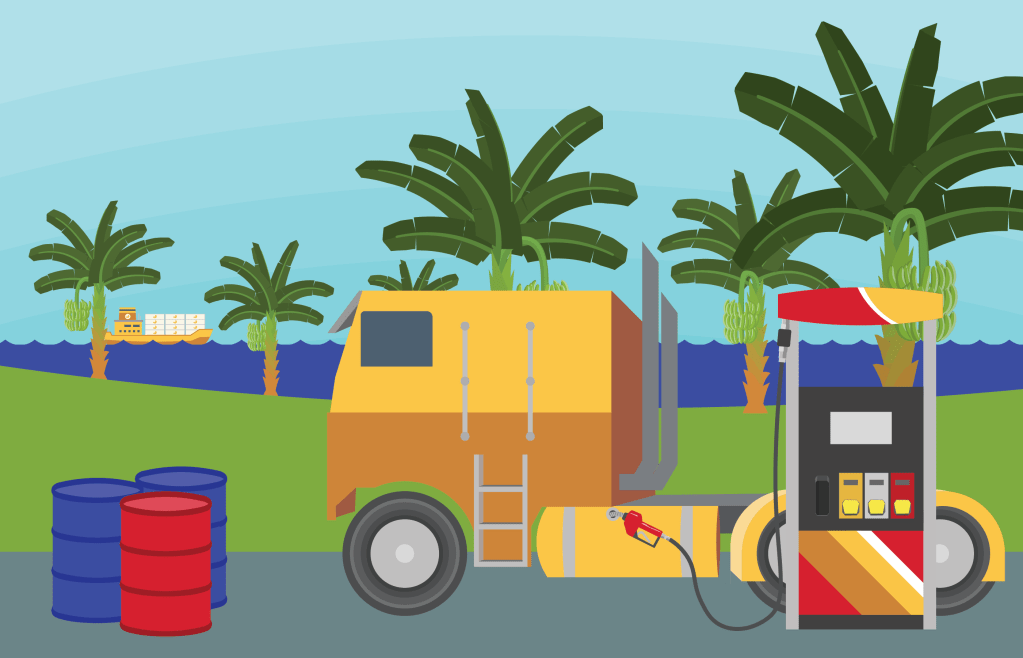
This report is part of ongoing coverage of the Russia-Ukraine war. Visit our dedicated page for more on this topic.
Russian President Vladimir Putin’s unprovoked invasion of Ukraine has prompted the United States, the European Union, and other nations to leverage sanctions against Russian energy that are accelerating a rise in gasoline prices around the globe.
But the spike isn’t just affecting consumers at the pump, with gas prices at all-time highs in countries around the world. Surging oil and gas prices will spill over into the supply chains for just about everything that has to be carted around the world using fossil fuels, says Nada Sanders, university distinguished professor of supply-chain management at Northeastern.
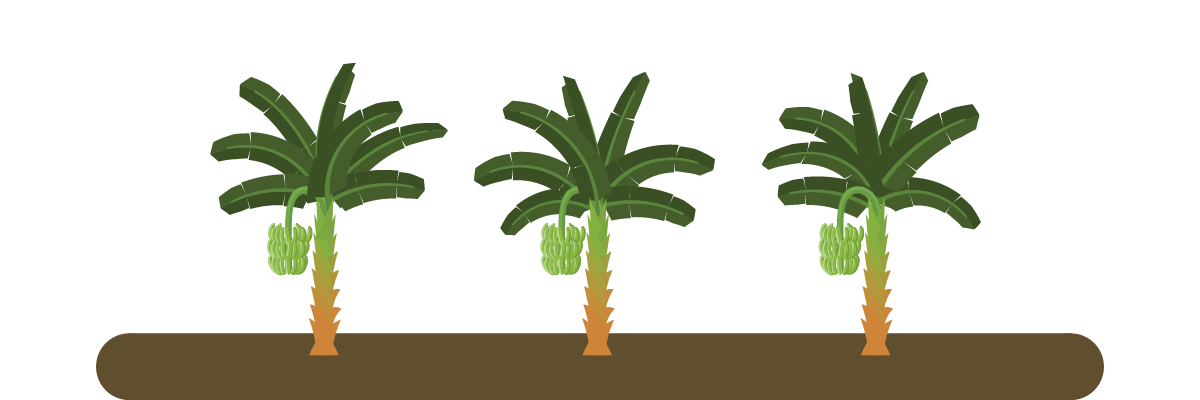
Take bananas, for example. For consumers in North America and Europe, the fruit has a long journey from plantation to table because it can be grown only in tropical environments, such as those found in Central or South America.
“A banana has a very long supply-chain footprint,” Sanders says.
The banana is a temperature-sensitive fruit that passes through three stages of development: The pre-climacteric, or “green life” stage (when bananas are at their most unripe); the climacteric, or ripening stage; and the “eat-ripe” stage (when they are ready for consumption). That process is controlled using artificial ripening to ensure the highly perishable fruit can make it to its far-flung destinations in a fixed period of time.
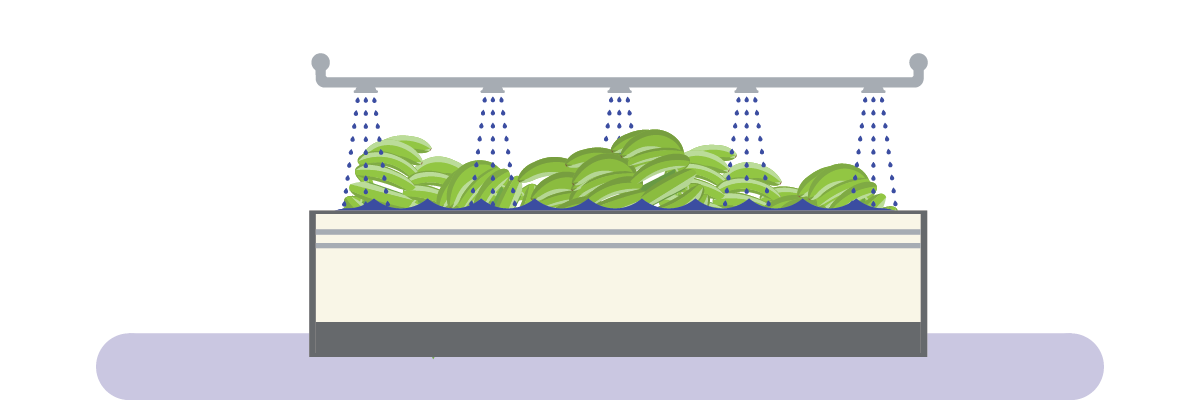
As a result, the banana’s supply chain is among the most resource-intensive journeys compared to other food products, and involves refrigeration, ripening centers, and various modes of transport and distribution, Sanders says.
“Think about everything that uses energy of any kind,” she says. “Whether it’s the truck that’s moving it; whether it’s the [mechanized] tools that are harvesting it. Anything that you’re physically moving, that you’re putting on a barge or a truck … the more steps there are, the more it’s going to add to what it costs to ship—and, therefore, the price of—that item.”
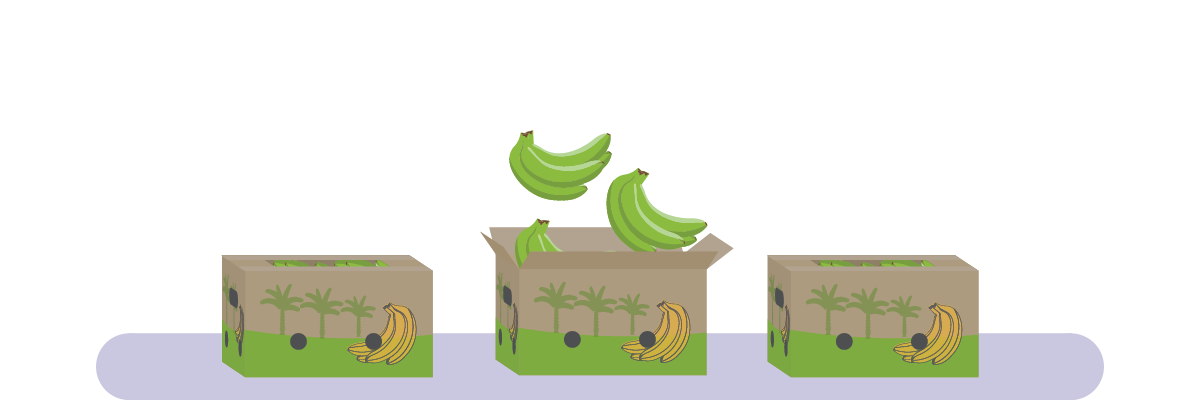
Ecuador is far and away the world’s largest producer of bananas, accounting for roughly 18.4 percent of global exports in 2020, according to Global Trade Magazine. Countries such as Guatemala and Costa Rica also produce a notable amount of bananas.
The banana’s journey begins on a plantation, where it is harvested at the appropriate maturity. For long-distance transport, the bananas must be kept in the “green life” stage via refrigeration so that they can be artificially ripened later on.
The yields are washed, labeled, then packaged at local processing plants. Then, they’re hauled away by distributors onto trucks and, eventually, on massive cargo freights, where they’ll sit in refrigerated containers for several weeks during sea transit.

When the bananas are close to their final destination, they are stored in forced ripening centers at temperatures between 13 degrees and 18 degrees Celsius for up to a week before they’re trucked off again—this time to retailers who will sell them. The trucks, cargo freights, and refrigeration all use significant amounts of energy—whether oil or electricity. Every link in the supply chain is vulnerable, Sanders says, amid the ongoing geopolitical chaos in Eastern Europe.
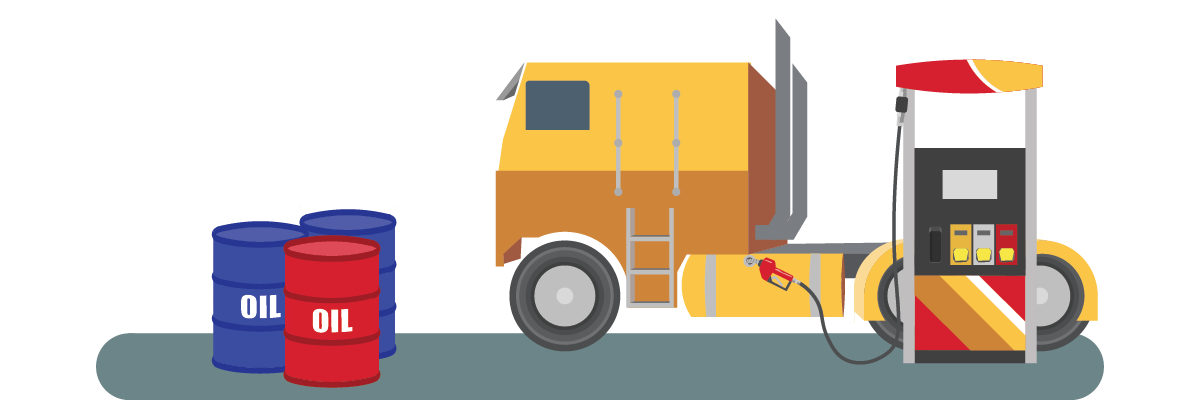
But it’s not exactly clear how the gas hike would impact what a consumer might pay for something like a banana, because retailers keep the fruit’s price relatively low. This is because rising production costs are often shifted to smallholder farmers, banana plantation workers, and the land itself, according to a 2018 report from the nonprofit organization Fairtrade International. That has put more strain on small, more conventional producers, who often feel the brunt of supply-chain disruptions, rather than the end consumer, Sanders says.
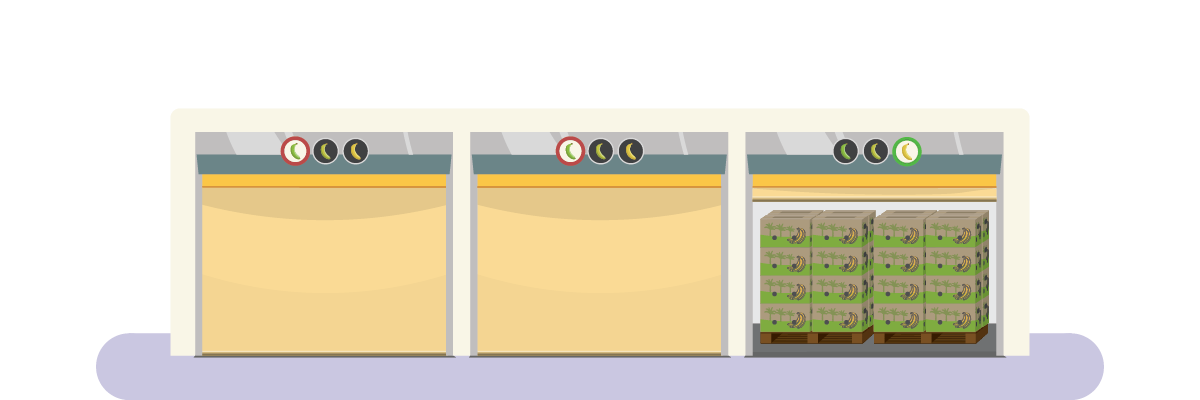
Additionally, because the banana has such a short shelf life, grocers may be reluctant to adjust prices.
“You cannot really ramp up that price if you have to sell it in a very short period of time,” Sanders says. “You have a really short period where there’s a certain value, and then it could drop to zero. It could even be a liability, especially if you have to move it, or ship it somewhere, or discard it. If that’s the case, then you’re going to have to push that price all the way down.”
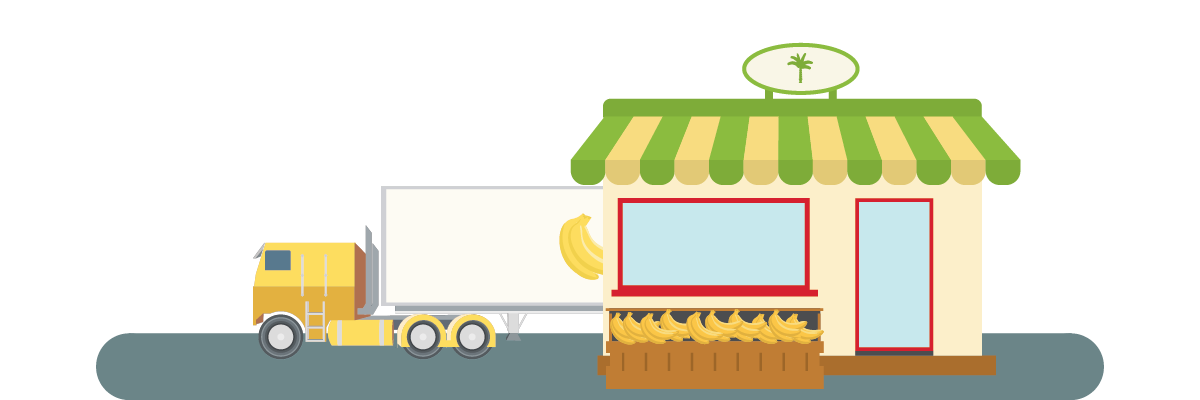
The price of food in general had been rising before Russia’s invasion of Ukraine. The price of food worldwide has increased 20 percent, compared to last year. That trend is expected to continue, Sanders says.
“I hate to say it, but I think things are only going to get worse for a while,” she says.
Eva Botkin-Kowaki contributed reporting.
For media inquiries, please contact media@northeastern.edu.






